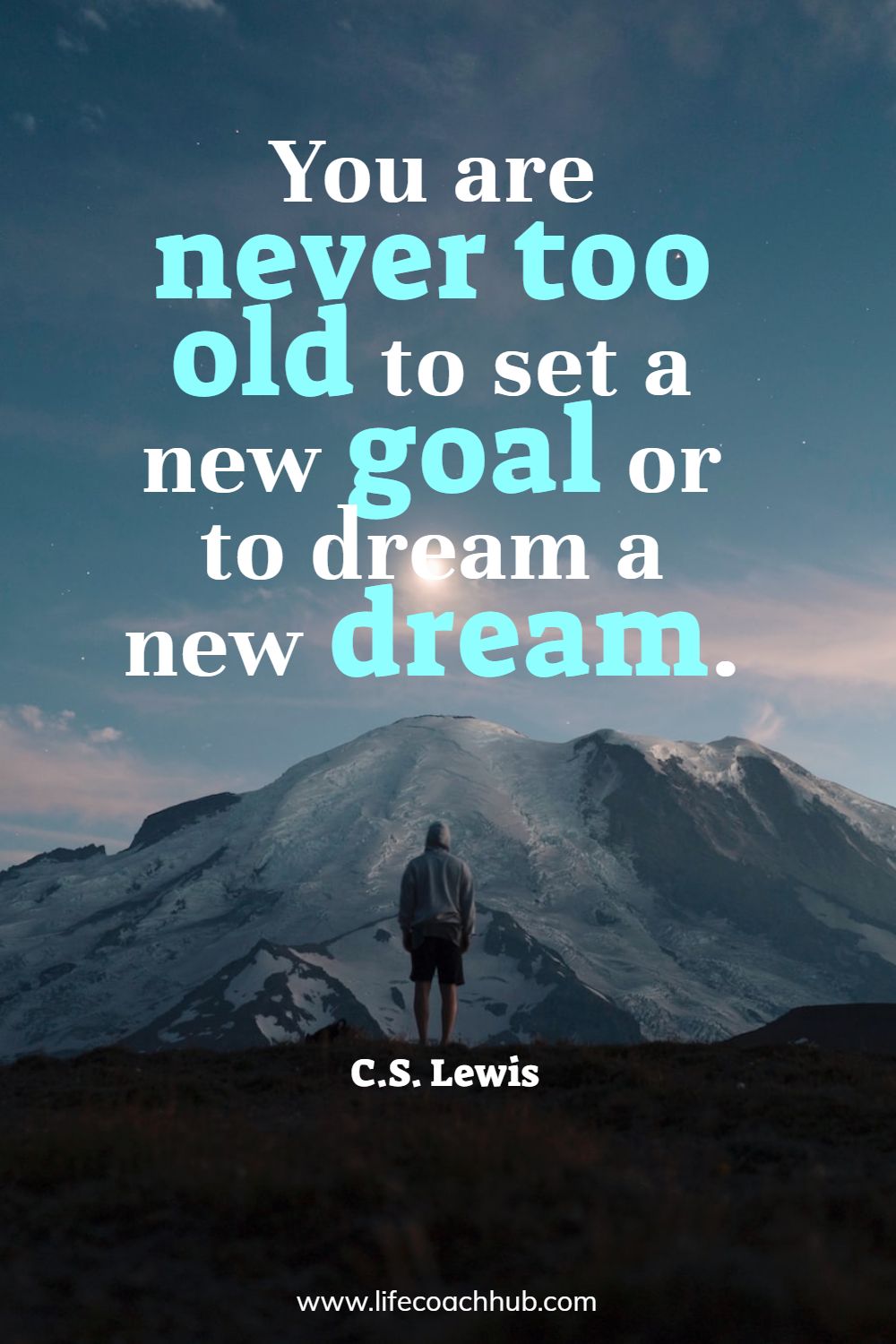
Ready to go already? Download your GROW Model Worksheet template here.
****
When was the last time you had an insightful meeting with a client?
Was it just yesterday, or could it be weeks ago? What made your encounter a meaningful one?
Coaching, like any conversation, is a two-way street and a product of open communication between you and your client. But what makes each session extraordinary?
You guessed it right! It’s your ability as the coach to ask powerful questions. In other words, you set the tone, and your client joins the discussion while gaining insights into the process. When you raise engaging questions, your client begins to open up, and allows them to realize some of the valuable aspects of their life that they aren’t aware of or tend to ignore.
As a coach, having a tool or method which allows you to uplift your client from their present state to where they want to increase the likelihood of success. For this reason, the GROW Coaching Model comes in handy as it is a simple yet proven framework to follow.
This article will cover why you might want to use the GROW model, how to use it, and also give you a GROW model worksheet PDF you can download and use with your clients.
Why use the GROW model?
Coaching at its best aims to develop individuals to come out of their shells, embrace their limitations and find ways to seek solutions from everyday problems to life-changing decisions. Since overcoming difficulties in various life areas is not as straightforward as saying “yes” to whatever comes your way, the GROW model sets the tone by laying the groundwork from a simple idea to an action plan that helps build your client’s success.

As an example, doing your best has already become a cliché. But with the GROW model, you and your client establish a goal, identify problems or limitations in achieving it, and explore viable options as your client expresses their determination to reach the goal.
Once these crucial factors are all laid down, overcoming fears or worries, learning new skills, and ticking off each problem are not as hard as they first appeared. The courage to move forward prevails more than the overwhelm by a long to-do list.
A study in the International Journal of Research in Business Studies and Management claimed the GROW model to be the top coaching model used worldwide due to its “simplicity, logical, lifelike approach, action and output orientation” (Kunos, 2017).
But what is this GROW model about and can a mere framework solve all your clients’ problems?
Of course, the answer is a big NO! The coaching framework will only support your clients in developing skills, gaining new insights, and leading them to solve their troubles. But it’s a very useful tool to employ in your coaching to help facilitate change for your clients.
What is the GROW model?
The GROW model stands for:
- Goals or aspirations
- Reality or current conditions and barriers
- Options based on strengths, resources available, and capacities
- Will or Way forward like an action plan that poses accountability on what steps to take, when, by whom, and the willpower to accomplish
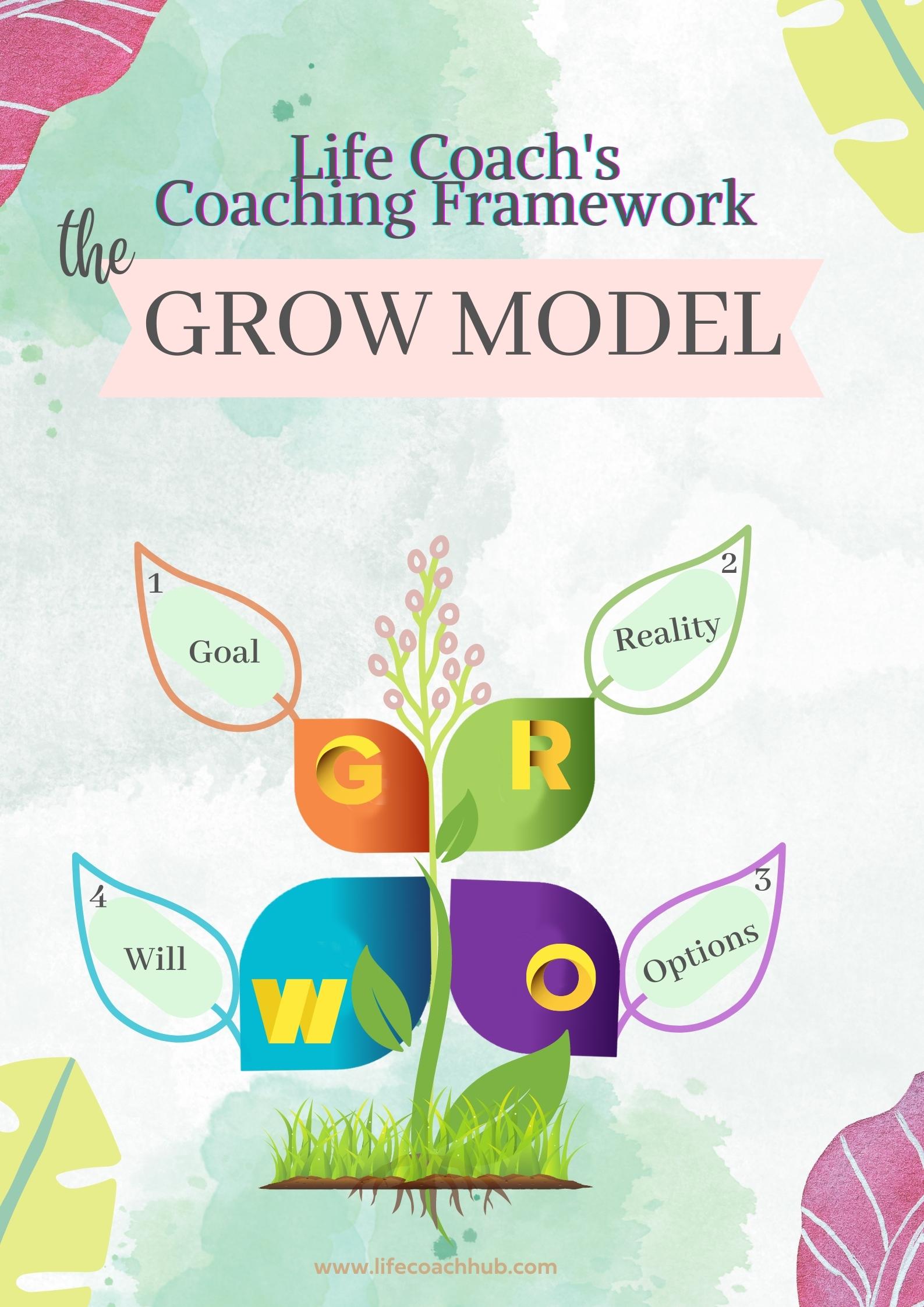
The beauty of the GROW model comes from the simple talk between a coach and a client that elevates into an engaging discussion leading to the client’s insights and realizations.
This framework was created by business coaches Graham Alexander, Alan Fine, and Sir John Whitmore back in the 1980s. Traditionally, coaches use the GROW model to facilitate a discussion with their clients but not to give direction or unsolicited advice.
The beauty of the GROW model comes from the simple talk between a coach and a client that elevates into an engaging discussion leading to the client’s insights and realizations. The key here is for the coach to ask the right powerful questions that would allow the client to dig deeper as the conversation intensifies. Through this method, the client becomes capable of recognizing the problems at hand, drawing conclusions, and seeking solutions, which is a more powerful technique than having somebody instruct you on what to do.
How can I use the GROW model?
The GROW model emphasizes the value of growing that starts from your mindset and then trickles down to your daily routine affecting your decisions and overall progress.
The GROW model is increasingly getting popular among coaches and organizations as it offers a basic framework that’s easy to adopt and follow. It also emphasizes the value of growing that starts from your mindset and then trickles down to your daily routine affecting your decisions and overall progress.

Here is a quick example of applying the GROW model. Imagine you are wanting to apply for college. That is your goal. Your starting point is your current reality. This is how well you did at high school, possible obstacles regarding where you can go, and what program you can get into. Then you consider your options–possible schools and available resources to help you improve your application, your funds or ability to get a scholarship, and even college reviews. Finally, you envision your way forward and gather your willpower to get to your dream college as you set out on your application process.
Now, for a more detailed walk through the process, let’s hit the road and take these steps.
Step #1: Identify the goal
What do you want to accomplish?
As with any other goal or mission, clarity drives the direction to your desired result. Your goal must not only be encouraging, but it must also be SMART (specific, measurable, attainable, realistic, and time-bound).
Studies suggest that having a high degree of hope aids in overcoming challenges, by helping you focus on the positive. Hope also positively affects goal achievement, leading to a more successful life (Oettingen & Gollwitzer, 2002).
To put this into practice, imagine you are helping your client look at a situation, process, or behavior that they want to change. Help your client to reframe it as a goal–something they want to achieve. Now, you’ve turned the tables from there being a discouraging “problem” in your client’s life to instead there being something more positive and productive that they can act upon.
Here are some questions to guide you and your client in formulating a goal.
- What do you consider important now?
- What challenges are you currently experiencing?
- What do you want to work on?
- What new skills or knowledge do you want to explore and master?
- How do you see yourself five years from now?
When you set a clear goal, you tend to build a personal connection with that goal. But more than the connection, you’d want to establish a better goal alignment, and one way to support it is by relating that goal to your strengths and core values.

During the Goal step of the GROW coaching model, your role as a coach is to:
-
Help the coachee clarify their goal: Assist the coachee in defining a clear, specific, and achievable goal. Ask open-ended questions and encourage them to explore what they truly want to achieve.
-
Ensure the goal is SMART: Guide the coachee in framing the goal in a way that is Specific, Measurable, Achievable, Relevant, and Time-bound. This will help them focus on what they want to accomplish and make it easier to track their progress.
-
Identify motivation and commitment: Discuss the importance of the goal and the coachee's motivation behind it. Understand their commitment to achieving the goal and any potential obstacles that may hinder their progress.
-
Encourage ownership and responsibility: Empower the coachee to take ownership of their goal and the actions required to achieve it. Reinforce the idea that they are responsible for their own success.
-
Establish a starting point: Help the coachee assess their current situation and determine the gap between where they are and where they want to be. This will provide context and a reference point for future progress.
-
Align goals with values and priorities: Ensure that the goal aligns with the coachee's values, priorities, and long-term vision. This will help to sustain their motivation and commitment.
Remember, as a coach, your role is to facilitate the conversation and provide support, while the coachee takes the lead in identifying and setting their goals.
Step #2: Perform a reality check
Where are you now?
Now that you have set your goal, it’s time to do a quick reality check. Conduct an honest assessment of where you are now and how far you need to go to achieve your goal.

Being aware of what is happening around you and what is inside you, such as your motivations, strengths, and weaknesses, will help you act accordingly to improve and get closer to your desired destination. Examining your reality also encourages you to discover hidden strengths that can support you in finding solutions to meet your target.
Let’s look at some questions you can ask your client when conducting a reality check in your coaching sessions.
- How would you describe your life now? What’s working and what’s not?
- What steps did you take to improve your situation?
- What are your strengths?
- What worries or fears do you have?
- What’s your biggest obstacle in achieving your goal?
Even if you are short on time, you need to ensure that you don’t skip this crucial step as it gives you and your client the knowledge you need to progress effectively with the succeeding two steps.
Step #3: Explore the options
How will you get there?
Exploring your options won’t be much of a headache once you’ve laid down the facts in the previous step. In some cases, solutions can start to surface while analyzing the current reality with your client, as you both discover untapped resources, or if your client is willing to go the extra mile despite obstacles.

A clever way to examine the options is by directly tackling the challenges in front of you. This method allows you to move two steps forward as you visualize the obstacles before they arise.
Allow your client to speak and think freely as if there’s no limitation or "special" condition that needs to be satisfied. Consider all viable options and drive them to prepare actionable strategies to make them more attainable. Be ready with your probing questions to keep your conversation flowing as you encourage your client to seek alternatives and produce solutions.
A clever way to examine the options is by directly tackling the challenges in front of you. This method allows you to move two steps forward as you visualize the obstacles before they arise.
Let these questions help you to explore the options with your client during coaching.
- If money weren’t an issue, what would you do?
- What’s your top priority, and what’s your best course of action to take you there?
- What strengths can you use to propel you?
- If you had 50% more confidence, how would you deal with your goal? What differences would it make?
- What’s the most efficient way to spend your time now? Who else can you tap to support you in accomplishing your goals?

Step #4: Boost the will
What steps are you willing to take to reach your goal?
As you’ve laid down both the reality and the options to move forward toward goal development, let your client charge ahead for a willpower boost. During this stage, your client needs to select the best option, followed by a concrete strategy or plan of action to reach the goal.
This ultimate step can make or break their path to success without the secret sauce called commitment and accountability. The will to continue despite various obstacles is powered by motivation, a great deal of commitment to the goal, and the accountability that goes with it.
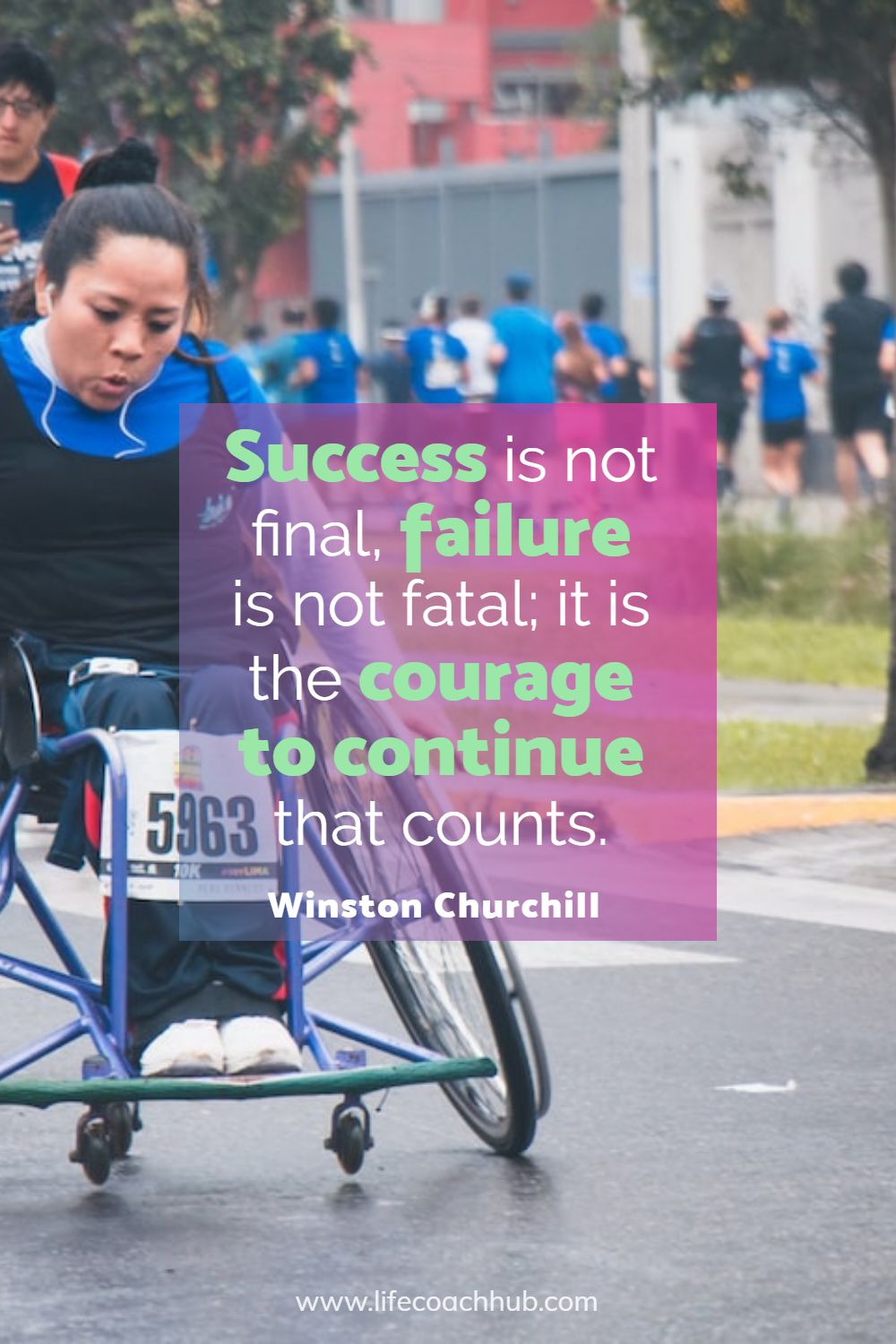
With a relentless will, the initial desire to reach the goal becomes a clear determination to successfully finish what you started.
Below are some questions to help drive your client to move forward.
- On a scale of 1 to 7, with "7" being "very driven", how driven are you to reach your goal?
- What do you plan to do in the next 3 days?
- What needs must be addressed for you to progress to the next step?
- How do you plan to get accountable for fulfilling your goal?
- What can hinder or hamper you from committing to accomplish your goal?
Also, to support boosting the willpower of your client, ask them to write down their goal and the strategies they identified to attain them. A Forbes article reveals that those who clearly visualize and write their goals are 1.20 to 1.40 times more likely to achieve them.
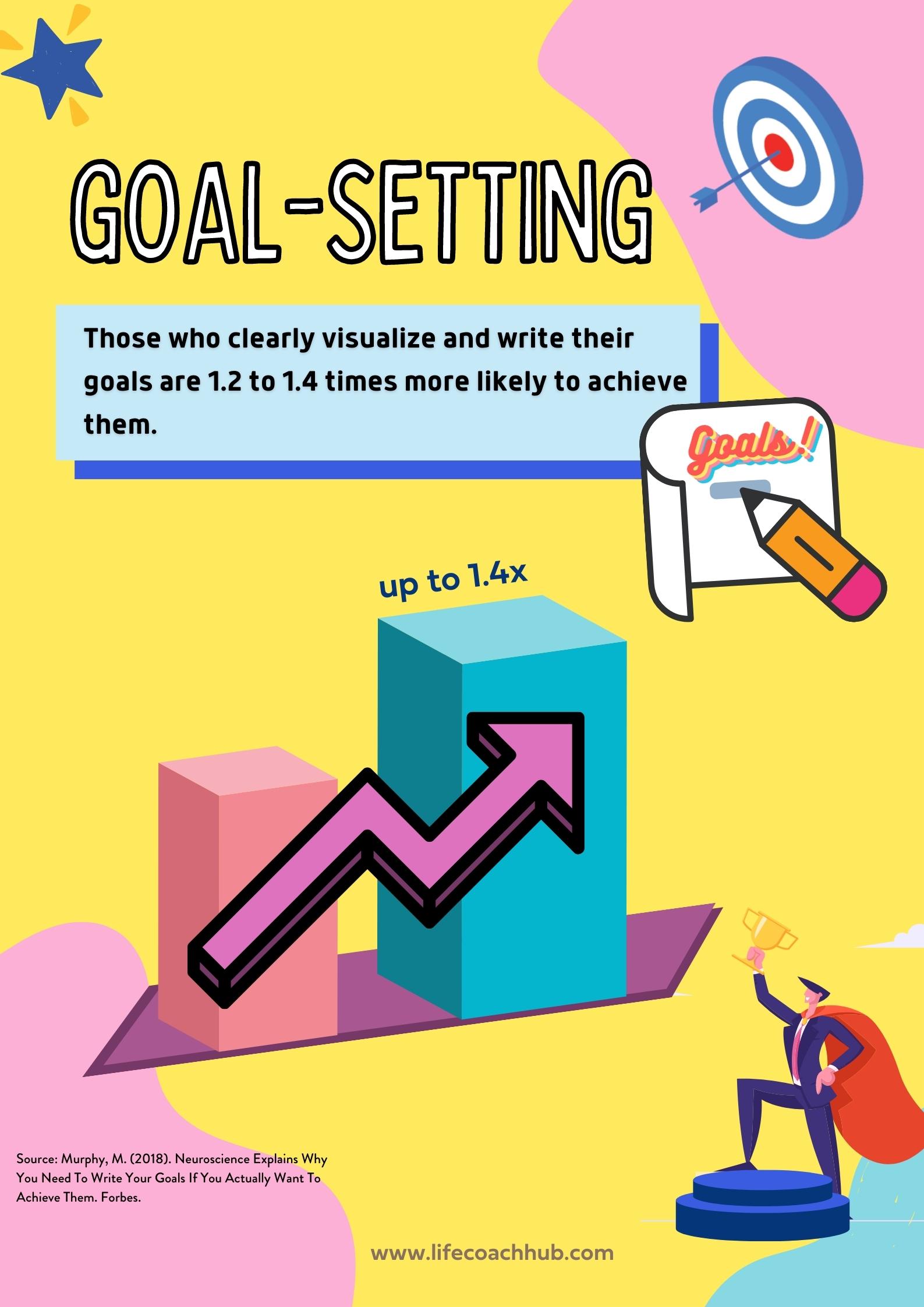
Writing serves two purposes: external storage (to easily locate your goal) and memory enhancement (due to the encoding which occurs within our brain). The process of encoding is also what specialists call the “generation effect” since you initially generate your goal in mind as you imagine it. Once you write it down and reprocess the image, you are regenerating it for the second time.
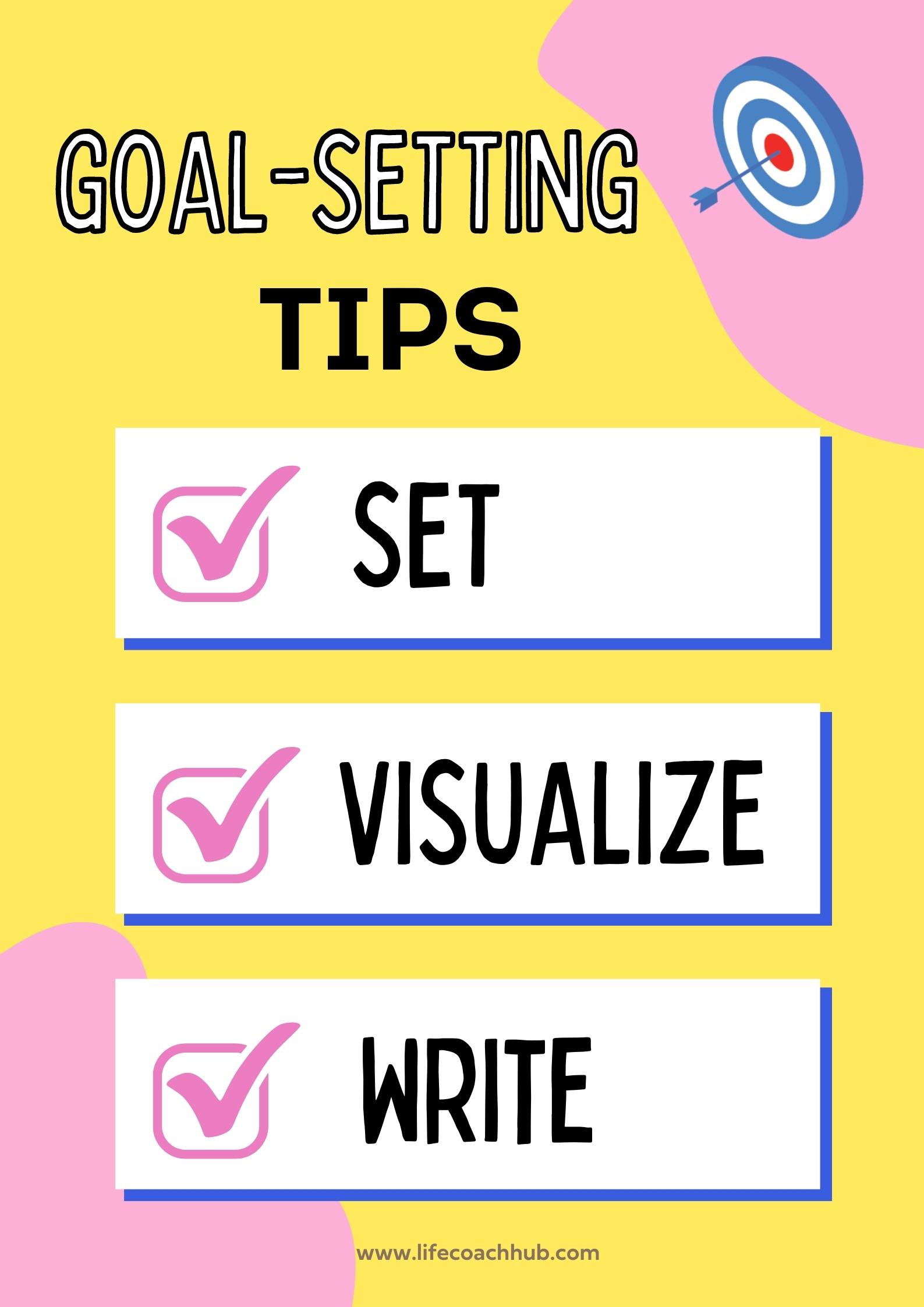
Once you’ve covered all these steps with your client, remember to have regular check-ins to monitor their progress or should they need an extra dose of upliftment to keep going. Celebrating wins when finishing a specific milestone is also essential as it ignites motivation.
Treat the GROW model as a cycle that may experience delays or rests but never stops.
Finally, after your client reaches the goal, let them rest, pause, and indulge themselves as they truly deserve it. Then, encourage them to set a new goal and go through the process once more to continue improving and thriving.
Treat the GROW model as a cycle that may experience delays or rests but never stops.
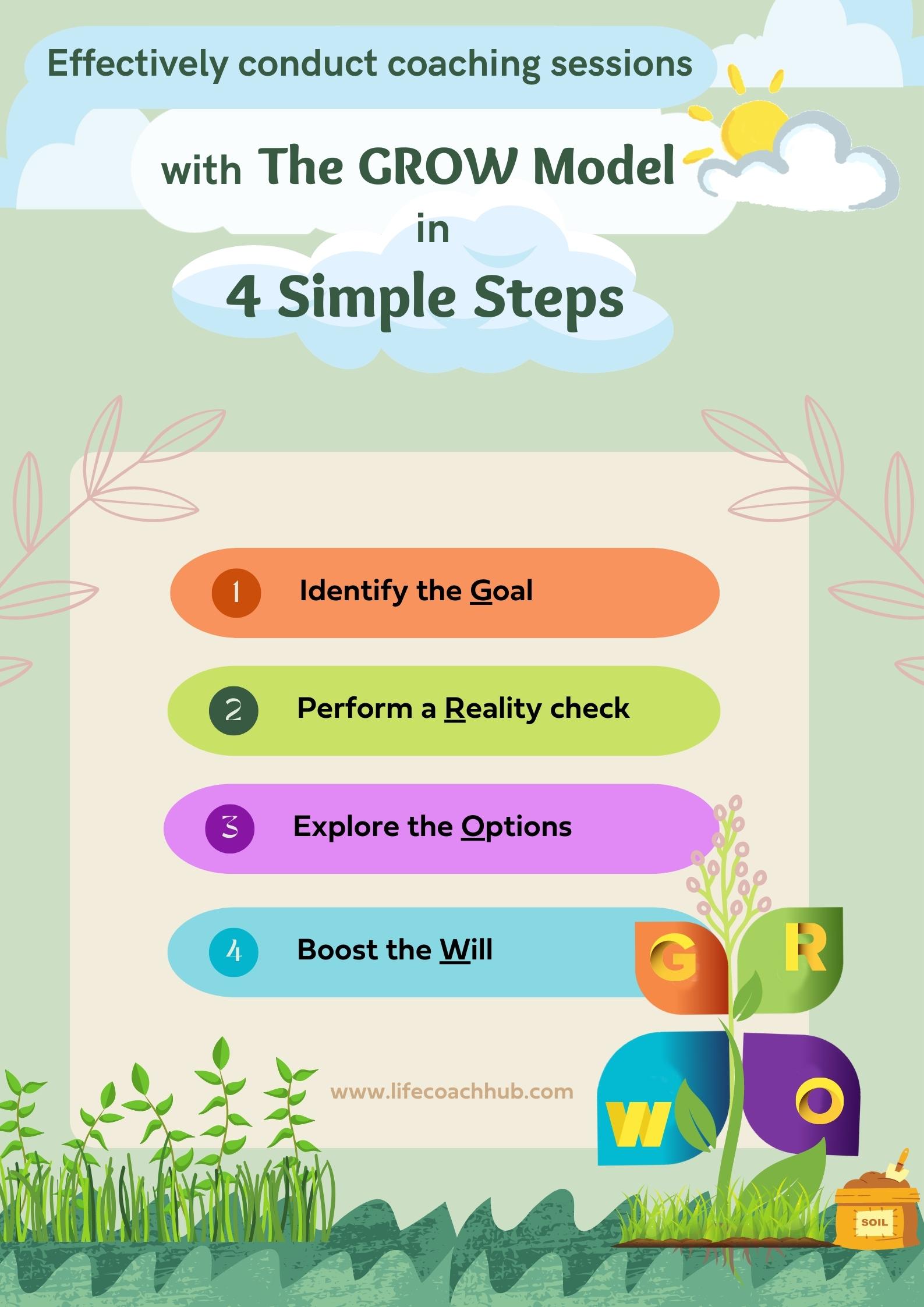
DOWNLOAD YOUR GROW MODEL WORKSHEET PDF
The GROW model has continuously been regarded as a leading coaching tool for three decades for a reason – it promotes self-motivation leading to personal and organizational development and goal fulfillment. As a coach, you can use this effective coaching model to facilitate and ignite your client’s sleeping desires along a path that leads them to grow and succeed.
Now you know all about the GROW model, download this GROW Model Worksheet PDF to use with your clients!
FAQ
1. Does the GROW model work?
The GROW model works in any form of coaching setting. It is a simple yet effective coaching method as it does not instruct the client on what or how to do things. Instead, it allows the client to explore their options and decide on what specific actions to take to accomplish their goal.
2. What is GROW model in brief?
GROW model represents the four key elements of purposeful decision-making. It’s an acronym for G (a goal that you want to accomplish), R (current realities you need to consider to arrive at a good decision), O (options more like alternatives that you find suitable to reach your goal), and W (will or way forward or the strategies you’ll take to succeed).
3. When is the GROW model applicable to use?
The GROW model is used in any personal or organizational endeavor. It’s a well-loved coaching tool across disciplines and cultures because of its simplicity and action-oriented framework for goal accomplishment.
4. During the goal step of grow coaching, what is your role as coach?
As a coach during the Goal step of the GROW model, your role is to help the coachee clarify their goal, ensure it is SMART, and assess their motivation and commitment. Encourage ownership, responsibility, and alignment with values and priorities. Facilitate the conversation and provide support while the coachee takes the lead in setting their goals.




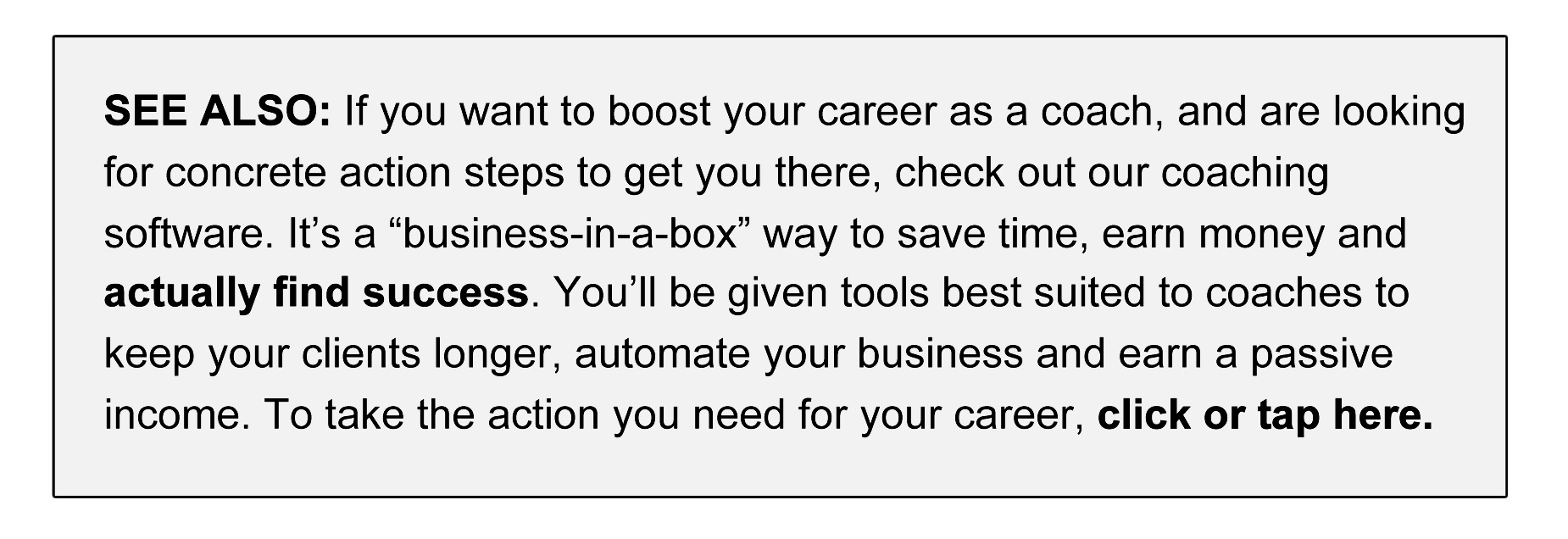















COMMENTS